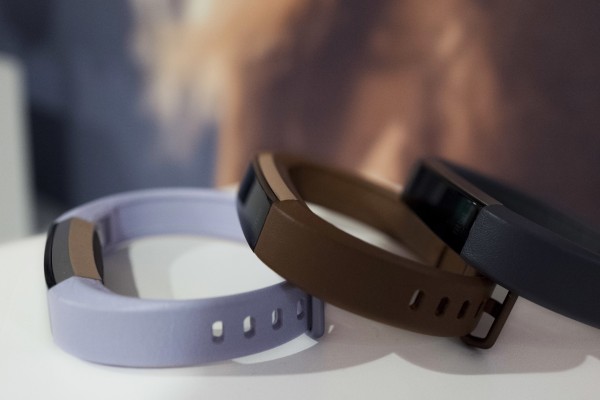
Whether it be fitness trackers or smartwatches, connected shoes or Snapchat’s Spectacles, wearables devices are becoming increasingly common products to encounter on a daily basis.
However, the universal opinion among critics and analysts appears to be that the market is yet to really “take off” – that the breakthrough product or “iPhone moment” is yet to happen.

Apple still hasn’t released any sales figures for the Apple Watch since it launched in 2015, despite breaking down the numbers for all its other flagship hardware.
The cynical but unproven viewpoint on this is that the firm doesn’t want to reveal how few it’s sold compared to initial expectation.
Then there’s Pebble – one of the original Kickstarter smash hits – raising around $10 million for its first smartwatch in 2012, the first commercial success for modern smartwatches.
Fast forward to today however and Pebble has been swallowed up by Fitbit, its products discontinued and living on as tech inside another firm’s devices.

Yet the new wearables keep on coming.
Apple quickly released a second-generation Apple Watch and is regularly expanding the versions of the device it has available through fashion and fitness partners.
Then there’s the smartwatches that LG, Huawei and Samsung all make – even high-end watchmaker Tag Heuer has gotten involved.
Sony is working on a smart ear piece called the Xperia Ear from which users can control their phone using head movements and voice controls, while the fitness world is embracing smart trainers as a way of tracking exercise and general movement.

Companies such as Misfit, Jawbone and Withings are all steadily creeping towards becoming household names.
In fact, the expert predictors are starting to think that 2017 might be the year the breakthrough moment for wearables finally arrives.
James Bidwell, the boss of Springwise – a leading curation platform that identifies and tracks the latest tech trends – said he’s seen enough evidence to suggest the time of the wearable device is coming.
“The direction of travel is inexorably towards wearables becoming more a part of everyday life, as technology costs come down and consumer demand for an ‘all connected’ lifestyle increases,” he said.

“For wearable tech in the health and fitness industry, the future is bright with analysts claiming the industry will hit $14 billion this year.
“Over the past year, as spotted on Springwise, we’ve seen a data-capturing insole that can tell doctors what is wrong with an athlete’s foot, an in-ear personal trainer that provides fitness training according to biometric data, and a smart running shoe that lets users know if they are in good enough shape to run certain distances.”
The site has more than 200,000 “spotters” around the world constantly flagging the latest tech – and the consensus right now is that as disruption continues, wearables will play a big role in that.
“We believe that the pace of change and disruption across the world in 2016 is set to accelerate still more, making 2017 the year the ‘Innovation Economy’ becomes a fundamental force in enterprise, government and society,” Bidwell said.

The use of wearables in the health care industry is also steadily on the rise, with fitness trackers becoming an extra tool in the arsenal of doctors to help track their patients’ well-being.
And beyond the areas already discussed here, the speed of technological advances today means smart clothing – such as t-shirts, jackets and even glasses thanks to Snapchat Spectacles – is also becoming increasingly common.
For now Fitbits tend to be spotted on the wrists of the most active or well-being conscious, but as the internet of things continues to expand even the most run-of-the-mill clothing and accessories will become wearables.